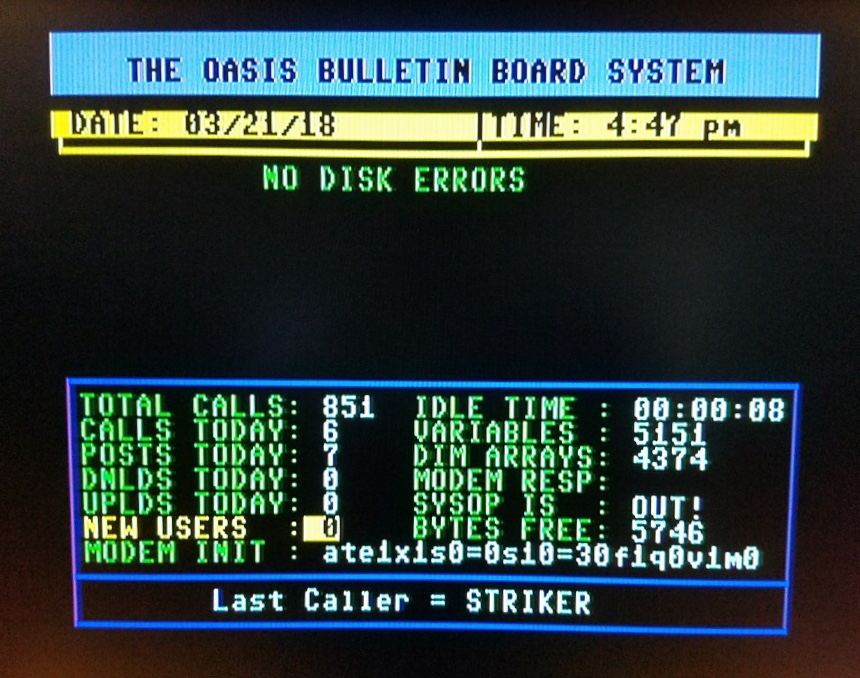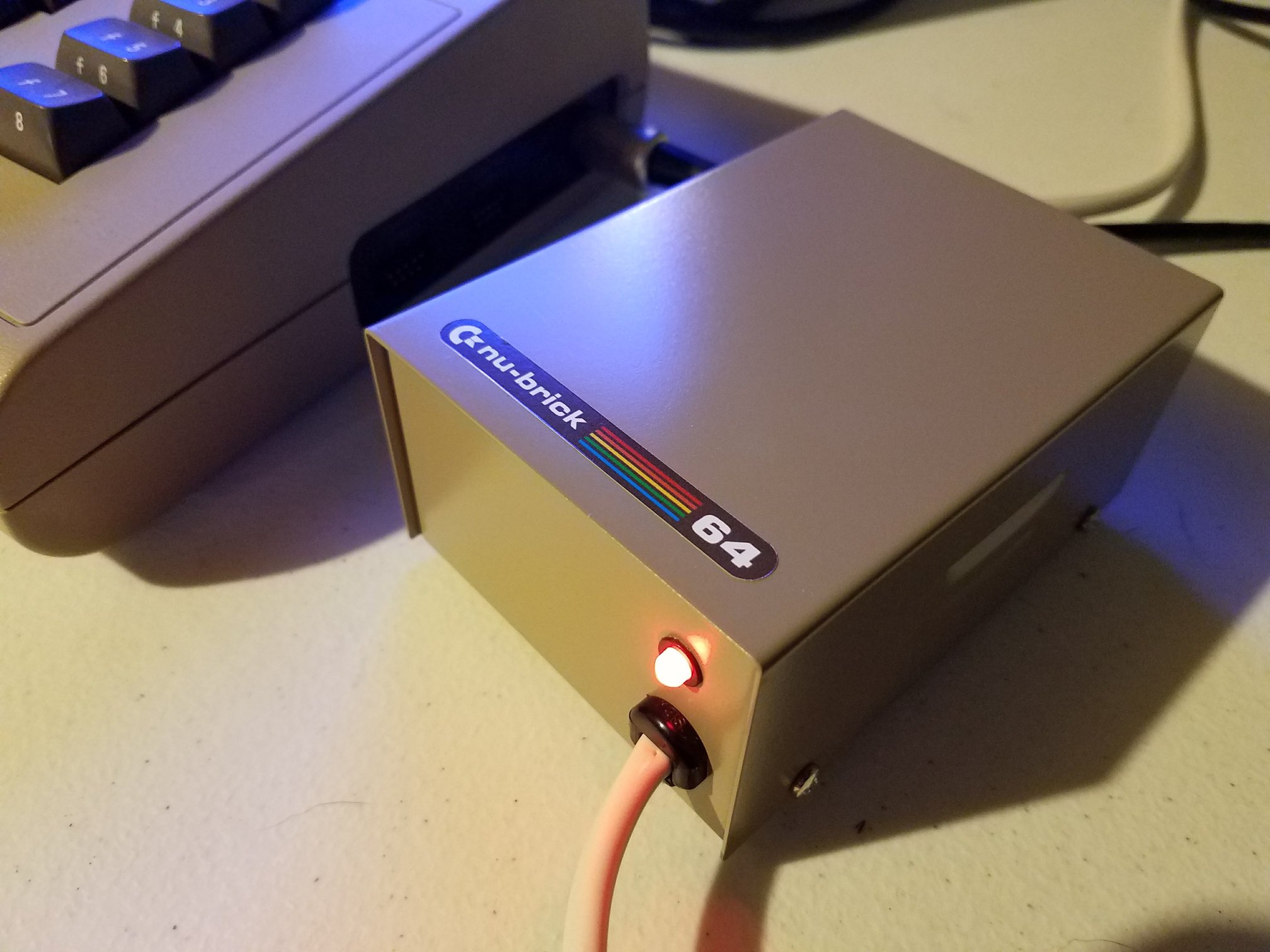RobSmithDev’s latest video explores the Amiga High Density Drive Secrets that reveal how Commodore added high density disk support through clever, if slightly desperate, engineering. The video breaks down how the Amiga’s original hardware couldn’t handle higher data rates and how Commodore’s engineers worked around it.
The Paula Limitation
The Amiga’s custom chip, Paula, was never designed for high density disks. When these disks appeared in 1987, they required faster data handling than Paula could manage. Instead of redesigning the chip, Commodore slowed the drive motor to half speed, effectively tricking Paula into thinking it was reading a normal disk. The solution worked but required special drives like the Chinon FZ-357A, which are rare and expensive today.
The Smarter Third-Party Drive
Rob then examines two external drives. One mimics Commodore’s approach using a modified PC mechanism. The other, the Power Computing XL, takes a more inventive route. Instead of changing the motor speed, it uses memory buffering and an FPGA to record the data stream and feed it back at the expected rate. This makes the Amiga believe it’s reading at double density speed when it’s actually reading high density data.
Talking with the Creator
Rob contacts Adam Hill, the Power Computing XL’s designer, who confirms the details. Hill explains how the drive’s logic captures and replays disk data, using timing pulses to stay in sync. It’s an elegant and cost-effective solution that outsmarted Commodore’s own design.
Rob’s deep technical insight, humor, and clear visuals make Amiga High Density Drive Secrets a must-watch for anyone curious about the Amiga’s ingenious hardware quirks.







